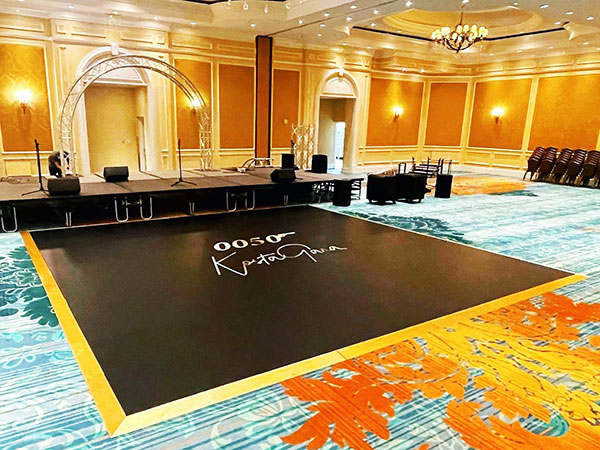Enhancing Ingenuity With Color Concept in Light Emitting Diode Movement Floor Layouts
Enhancing Ingenuity With Color Concept in Light Emitting Diode Movement Floor Layouts
Blog Article
Hue theory is a crucial aspect of design, particularly as it relates to designing light-emitting diode dancing surfaces. The interaction of hues can greatly affect the mood and energy of a venue. Through understanding how colors function together, designers can craft an ambiance that enhances the overall experience for participants. This article explores the basics of hue theory and its use in light-emitting diode dance surface designs.
The main hues are crimson, azure, and golden. These colors cannot be made by mixing other colors together. Secondary colors, such as green, tangerine, and violet, are formed by combining main hues. Tertiary colors are formed by combining a main color with a secondary color. Understanding these basic relationships helps designers select colors that complement one another and create a visually appealing show. Mixing these hues on an light-emitting diode dancing floor can result to vibrant and stimulating outcomes that capture the attention of dancers.
Color temperature also plays a crucial role in design. Hues can be classified as hot or chill. Warm colors, such as red, orange, and golden, often to elicit emotions of excitement and warmth. In contrast, chill hues like azure, emerald, and violet often create a calm and tranquil environment. Creators can use these hue values to establish the ambiance for different types of events. For example, a celebration environment may benefit from warm colors that energize the crowd, while a further calm occasion might employ chill hues to offer a calming effect.
In addition to hue pairings and temperature, luminosity and intensity are essential elements to consider. Luminosity denotes to how bright or dark a color looks, while intensity indicates the intensity of a color. Vivid, intense colors can generate a lively and lively environment, ideal for dancing floors. On the other hand, gentler, lower saturated colors can create a more muted environment. By manipulating discover this info here luminosity and intensity, designers can draw attention to specific sections of the dancing floor or create sight pathways, guiding participants through the venue.
Ultimately, it visite site is crucial to consider the emotional effects of color in light-emitting diode dancing floor designs. Various hues can evoke different emotions and responses. For instance, crimson is often associated with zeal and vitality, while blue can be calming and tranquil. Grasping these connections allows designers to tactically apply colors to influence the actions of participants. By incorporating color theory into light-emitting diode dancing floor designs, creators can improve the total experience, making it unforgettable and enjoyable for everyone participating.